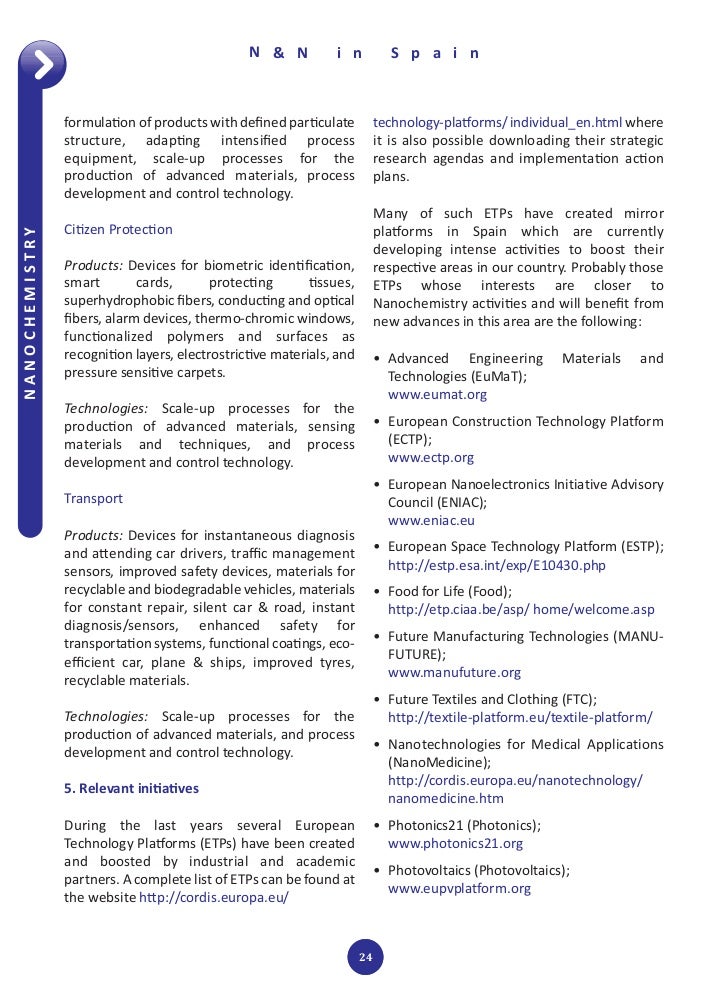Introduction To Nanotechnology Poole Pdf Merge
- Introduction To Nanotechnology Poole Pdf Merge Electrical, Electronic and Cybernetic Brand Name Index. No liability for inaccuracy, incompleteness or any implied.
- Introduction to Nanotechnology. Poole, Jr., and Frank J. Hoboken, NJ: John Wiley & Sons, 2003, 400 pp., $79.95, hardcover. ISBN 0-471-07935-9.
The completion of the Human Genome Project, expanded knowledge in molecular genetics, and breakthroughs in our understanding of genetic material have dramatically changed every field of life sciences. They have spurred the growth of DNA technology and the development of DNA diagnostics, but several challenges persist in the analyses of nucleic acids. Each advance in technology, each new application, each step forward in automation and reduction in the time and work required to perform molecular testing expands the potential of molecular diagnostics to impact the clinical management of patients and their families.
In the future, nanotechnology will likely propel this laboratory testing forward rapidly. Nanotechnology is the creation and utilization of materials, devices, and systems through the control of matter at the nanometer-length scale, at the level of atoms, molecules, and supramolecular structures. This book provides an in-depth description of different topics concerning nanotechnology and the characteristics of solids at the nanoscale level. The first three chapters describe the physical and chemical theory of solid states, properties of bulk materials, and methods to measure these properties. When the sizes of materials are reduced to the micrometer or nanometer range, many of their properties, such as mechanical, ferroelectric, and ferromagnetic, change.
Introduction to Nanotechnology Michael Krause, MSPH, ROH, CIH. ¾Discussion Paper on a Policy Framework for Nanotechnology (www.cielap.org/pdf/NanoFramework.pdf).

University Of Illinois At Urbana Champaign
Subsequent chapters cover the properties of nanostructures as individual nanoparticles or as bulk solids made by basic units having nanosized dimension. Two separate chapters are devoted to nanostructures of carbon and to ferromagnetism. Methods to study and produce nanomaterials are discussed in chapters 8 through 10.
Because many organic compounds and biological materials are in the size range from 1 to 100 nm, they can be classified as nanoparticles. For example, the combination of amino acids to construct a polypeptide and nucleotides to construct a DNA chain can be considered nanowires. An overview focused on nanodimensional aspects of organic compounds and biological materials is found in chapters 11 and 12. Finally, the last chapter deals with some applications of nanotechnology in the development of “nanodevices” and “nanomachines”, from current microelectromechanical and nanomechanical systems (MEMS and NEMS) to future computer technology. The book is well written and very nicely illustrated. For each topic the authors include an overview and some theoretical background information, which helps in the comprehension of a subject that is particularly complex for an outsider.
Molecular Electronics
Even if the matter is not addressed primarily to clinical and laboratory scientists, this book offers a large amount of useful information to those who want to be introduced to the nanotechnologies.
Physics Today

Nanotechnology has become one of the most important and exciting fields in the forefront of engineering, physics, chemistry, and biology. Using technology operating at 1 billionth of a meter levels, it shows great promise for providing us in the near future with many breakthroughs that will change the direction of technological advances in a wide range of applications from chemcial to electronical to medical. This introduction to the subject of nanotechnology readers with a broad, practical overview of the subject and gives researchers in different areas an appreciation of developments in nanotechnology outside their own fields of expertise.